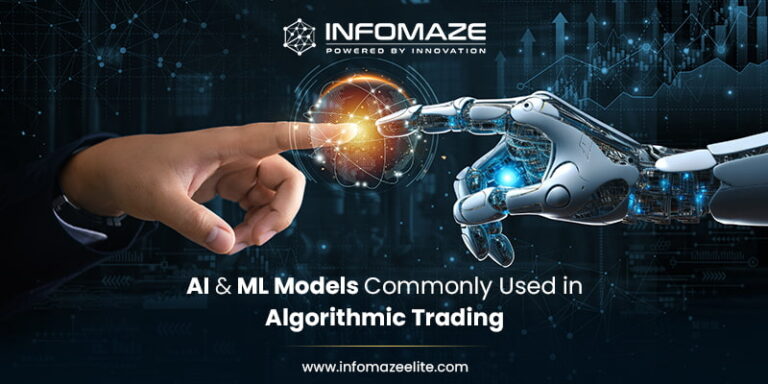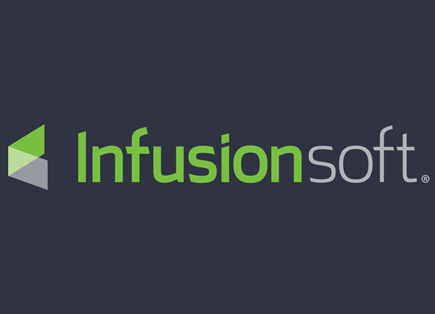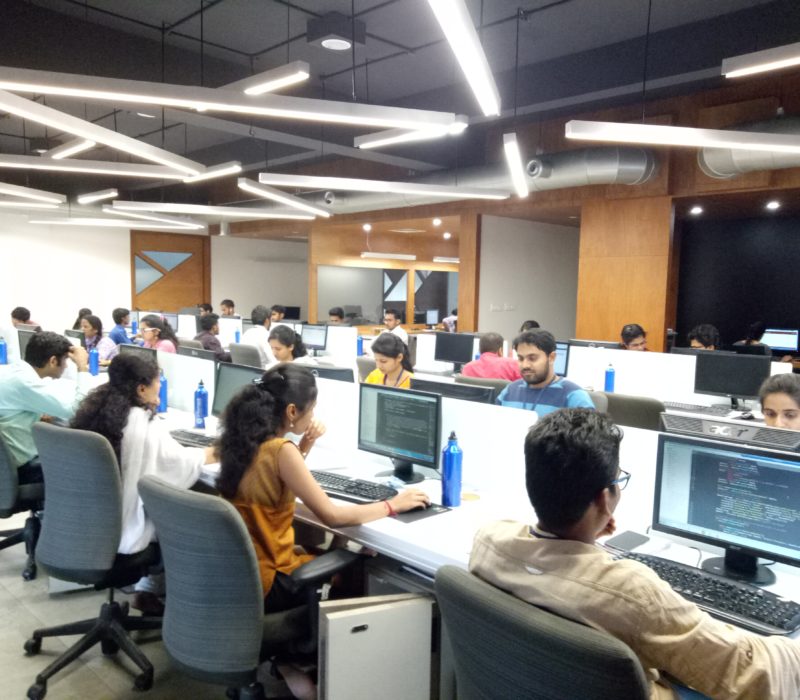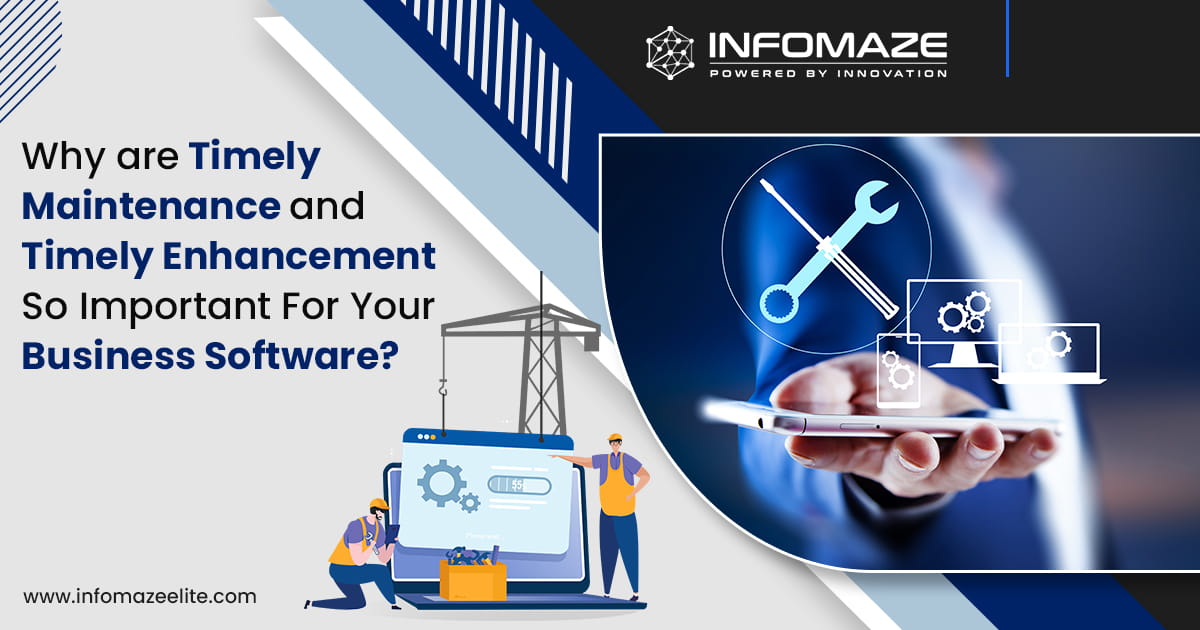The Role of AI & Machine Learning in Algorithmic Trading
Financial markets have always been a complex ecosystem of data, patterns, and unpredictable human behavior. Over the last two decades, trading has transitioned from traditional floor-based methods to highly sophisticated algorithmic systems.
Today, more than 70% of trades in leading global equity markets are executed automatically. At the core of this transformation lies Artificial Intelligence (AI) and Machine Learning (ML), technologies that are reshaping how investment decisions are made.
This blog explores the role of AI and ML in algorithmic trading and how they add value beyond traditional strategies.
Understanding Algorithmic Trading
Algorithmic trading, often called algo-trading, involves using computer programs to execute trades based on pre-defined rules, strategies and market conditions. These rules can include price, timing, volume or even more complex instructions derived from statistical and mathematical models.
While basic algorithms can automate repetitive tasks like order placement, the real power of algorithmic trading emerges when AI and ML are integrated.
Unlike static rule-based systems, artificial intelligence in trading can adapt, learn, and optimize trading decisions in real time by analyzing vast amounts of structured and unstructured data.
Why AI and ML Are Important in Algorithmic Trading
Financial markets produce massive streams of data every second like price ticks, order book depth, news feeds, social media sentiment, macroeconomic indicators and more. Humans simply cannot process this complexity at the speed required to stay competitive.
This is where AI and ML excel.
Pattern Recognition :
ML models detect patterns that are invisible to traditional statistical methods.
Predictive Power :
AI forecasts short-term and long-term trends by analyzing both historical and real-time data.
Adaptive Learning :
Unlike fixed algorithms, ML models adjust strategies as market conditions evolve.
Speed and Precision :
AI executes trades within microseconds, reducing slippage and improving accuracy.
In short, AI and ML transform algorithmic trading from rigid automation into a dynamic, data-driven decision-making system.
Key Applications of AI & Machine Learning in Algorithmic Trading

Market Trend Prediction
Predicting market direction is one of the hardest challenges in trading. Machine learning in trading, especially time-series forecasting techniques like LSTM (Long Short-Term Memory) and reinforcement learning, help traders identify short-term fluctuations and long-term cycles. These models don’t just analyze price history, they integrate economic data, company earnings, geopolitical news, and even social sentiment.
Sentiment Analysis for Trading Decisions
Financial markets are highly sensitive to news and public sentiment. Natural Language Processing (NLP), a subset of AI, allows traders to analyze news feeds, press releases, and Twitter conversations in real time. For example, an ML-powered sentiment engine can flag negative sentiment around a company within seconds, triggering automated sell orders before the wider market reacts.
High-Frequency Trading (HFT) Optimization
High-Frequency Trading involves executing thousands of trades in fractions of a second. In such a fast-moving environment, AI models optimize execution strategies by dynamically adjusting order placement to minimize costs and slippage. Machine learning in trading further refines these strategies by analyzing historical performance and adapting continuously.
Risk Management and Fraud Detection
AI doesn’t just maximize profits — it also minimizes risks. Machine learning algorithms can simulate stress-testing scenarios, predict portfolio risks, and detect anomalies in transaction data. For example, if an unusual trading pattern suggests possible fraud or manipulation, AI can immediately flag or block the activity.
Portfolio Optimization
Institutional investors often manage portfolios across asset classes, geographies, and currencies. AI-driven portfolio optimization models consider thousands of variables from interest rate changes to cross-market correlations to recommend diversified strategies with the best risk-return profile.
Automated Strategy Development
Traditionally, developing a trading strategy took months of research and backtesting. Today, ML-powered platforms automatically generate, test and refine strategies using historical data. Some advanced systems use reinforcement learning to simulate millions of scenarios, identifying the most profitable pathways without human intervention.
AI & ML Models Commonly Used in Algorithmic Trading
To understand the role of AI in trading, it’s important to know the models that power them:
Supervised Learning Models (Regression, SVM, Random Forests) :
Used for price prediction and classification tasks.
Unsupervised Learning Models (Clustering, PCA) :
Useful in identifying hidden patterns, anomalies, and market regimes.
Deep Learning (CNNs, LSTMs) :
Handle complex time-series data and multi-dimensional inputs like charts and news.
Reinforcement Learning :
Helps in adaptive decision-making by rewarding profitable trades and penalizing losses.
NLP Models (Transformers, BERT, GPT) :
For analyzing news, sentiment, and financial reports.
Each model contributes differently, but when combined, they form an intelligent ecosystem of predictive and adaptive trading systems.

Benefits of AI & ML in Algorithmic Trading
Enhanced Computational Speed
AI trading algorithms process and analyze massive datasets within milliseconds, enabling rapid execution and reducing slippage in volatile markets.
Elimination of Cognitive Bias
Machine learning in trading ensures decisions are based purely on quantitative insights, minimizing the impact of human emotions such as fear or overconfidence.
Multi-Market Scalability
AI-driven systems can simultaneously monitor and optimize trades across diverse markets and asset classes, ensuring broader coverage and higher efficiency.
Adaptive Predictive Accuracy
ML models continuously retrain on real-time and historical data, improving forecasting precision and aligning strategies with evolving market conditions.
Advanced Risk Mitigation
AI-powered risk frameworks identify anomalies, run stress simulations, and adjust trading parameters dynamically to safeguard portfolios against unforeseen volatility.
Conclusion
The integration of Machine Learning and AI trading algorithms represents a paradigm shift in how financial markets operate. From predicting market trends and analyzing sentiment to managing risk and optimizing portfolios, AI has become an indispensable tool for traders and institutions alike.
For traders, investors and financial institutions, the message is clear: adopting AI is essential for survival in modern markets. To implement these solutions effectively, working with an experienced algo software developer ensures systems are customized, efficient and compliant with financial regulations.
Ready to explore how AI-powered solutions can transform your trading strategies? Partner with Infomaze to use cutting-edge AI, ML and data-driven systems designed for smarter, faster and more secure financial decision-making. Get in touch with us today to future-proof your trading operations.
Categories
- AI/ML (6)
- Application Migration (8)
- BI (7)
- Case Study (34)
- CRM (8)
- Dot Net (8)
- Informational Blog (78)
- IT Help Desk (8)
- Mern Stack (1)
- Microsoft 365 (2)
- Mobile Application (9)
- Offshore Development (10)
- Outsourcing Services (1)
- PHP (11)
- PowerBI (7)
- QuickBooks (6)
- ReactJS (4)
- SEO (14)
- SharePoint (3)
- Web Application (10)
- Xero (1)
- Zoho (15)
- Zoho Case Study (42)




Disclaimer: All rights belong to the owner. No Copyright or Trademark Infringement Intended.





